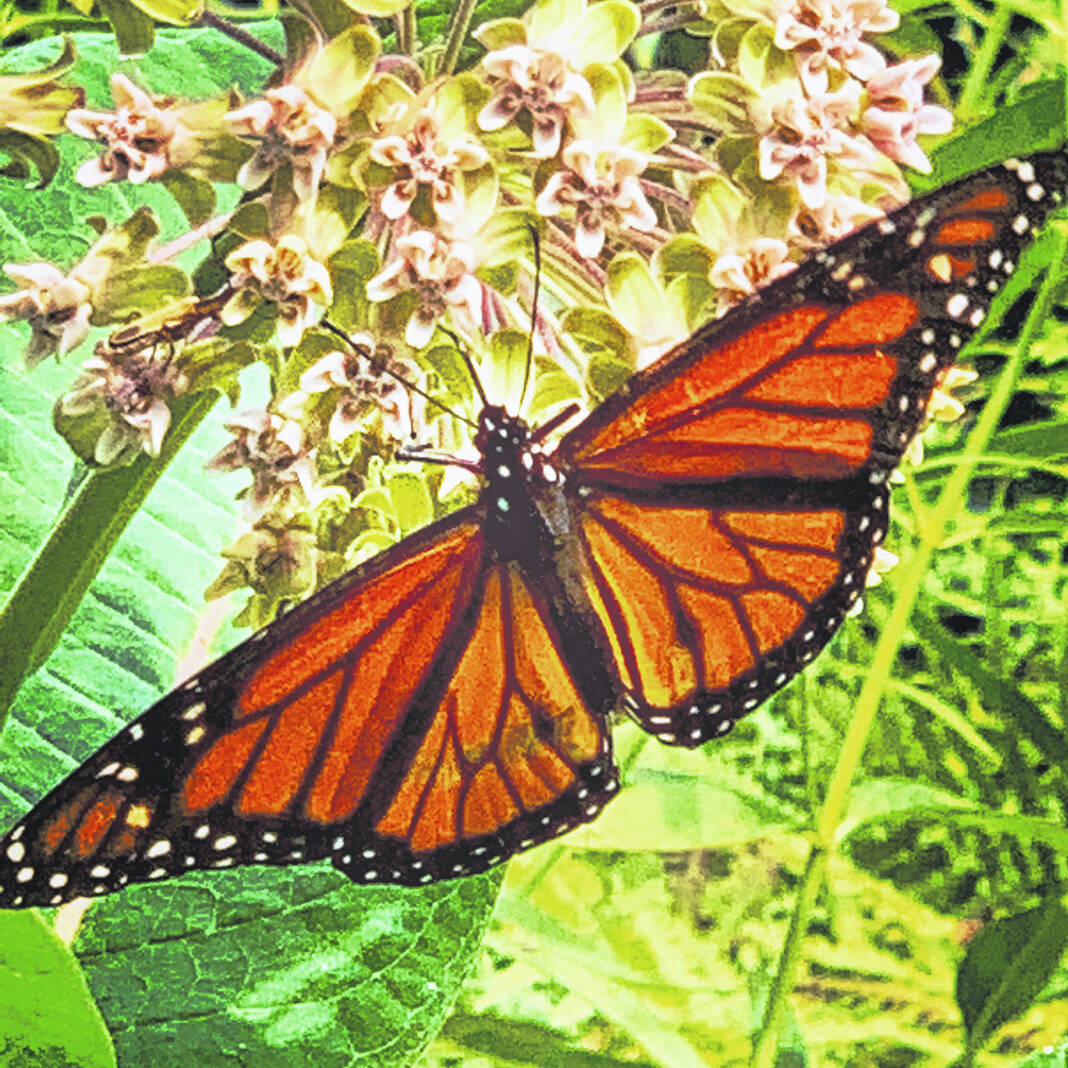
Freedman

A monarch butterfly is shown.
Americans tried to kill off bison, eradicate wolves, wipe out eagles and did drive the passenger pigeon into extinction due to environmental heedlessness.
Now, the monarch butterfly, easily identifiable by its orange and black coloration with splashes of white, is under siege. In the case of some of those other species, a just-in-time savior came along.
It is too soon to tell what kind of future the monarch has. Recently, the International Union for the Conservation of Nature declared it to be endangered because of accelerated dwindling of numbers across North America.
It is not as if scientists deploy at the border with Mexico with clickers to count butterflies on their 2,500-mile migration route. Keeping track is difficult. But it is believed the monarch’s population has decreased by 23 to 75% in the last decade — and by more in recent years in certain areas.
Monarchs are found in the Rocky Mountains, California, eastern United States and Canada. The plight of western monarchs is more serious with a population dive of 99% between the 1980s and 2021. The eastern monarch decline was registered at 84% between 1996 and 2014.
One study counted 1,914 monarchs in winter nesting grounds in California in 2021 but received a more heartening mixed message a year later when the figure came in at 250,000. However, 30 years ago in that location, there may have been 10 million.
In the course of evolution, that is a superspeed pace and worrisome for survival. The monarch, which may still provoke smiles alighting in a backyard or state park in Indiana as it spreads its wings 4 inches, is not invisible, but there is fear it might become so.
Climate change is in the mix of reasons why, but spraying of pesticides in agriculture, particularly on milkweed, the primary plant for laying of larvae, is a major factor. Habitat diminishment causes pressure on monarch survival.
The international organization’s public alarm is new, but conservationists were aware of a threat to monarchs for some time.
Inside Muscatatuck National Wildlife Refuge’s visitor center is a prominent display about monarchs and emphasizes the relationship between monarchs and milkweed plants. Monarch larvae eats the leaves and pollinates the milkweed.
Rainy weather may have hampered butterfly prospectors, but during a July refuge event, just 18 were counted. A larger number would have been expected, but Park Ranger Donna Stanley said, “Butterflies don’t fly in the rain.”
Cliff Sadof of Purdue University’s Forestry and Natural Resources Extension said there is never one thing that endangers a species, but the biggest factor is destruction of habitat.
When it comes to insects, which are much smaller than grizzly bears, there has been some reliance on citizen science, hardy volunteers who take an interest. Doug Johnson, a retiree in Columbus who began butterfly watching at Muscatatuck, has counted butterfly populations on the same 25 acres of land for about a quarter of a century.
He has collected data, but some information is anecdotal.
“You used to drive down the road and get them on your windshield,” Johnson said of the density of monarch populations. “We mow the side of the roads now (taking out milkweed).”
Climate change is altering the landscape, Johnson said, and he hopes to record all of his information in a book so 50 years from now, people can know what was here.
“The species are going to change in this country,” he said.
Monarchs may be more at risk than other species because of their long migration flight, Sadof said. Things may be fine in Mexico, where they take off, and things may be fine in Indiana, where they land. However, something, a storm battering, habitat change, could occur in the middle of the journey, wiping out thousands of butterflies at a time.
“They need a corridor of resources,” Sadof said.
To Sadof, climate change often means “climate chaos.” Storms and the like may be “out of our control, but it’s hard to deny human activity” contributing to the threat to monarch butterfly long-term existence.
Sometimes, people forget what really makes America great is the landscape, the trees, mountains and waters that predate humans and the other living creatures that can’t be found elsewhere in the world.
